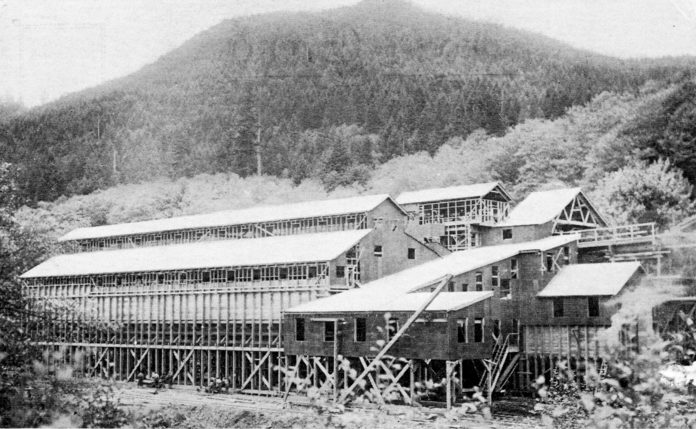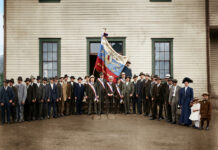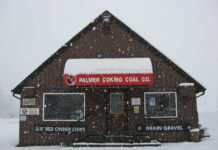Coal was discovered on a hillside near present-day Issaquah in 1859, but it wasn’t until 1862 that a small scale mine opened. That first effort failed as transportation costs were high, owing to the lack of rail and barge facilities. The coal had to be moved by wagon to Lake Sammamish, then by scow through the Squak Slough (now the Sammamish River) to Lake Washington, and overland to Seattle, proving far too expensive. Despite an immense body of coal things remained quiet until 1888 when the Northern Pacific Railroad opened their North Bend branch providing an economical transportation route.
The Seattle Coal & Iron Company was organized about the same time with D.H. Gilman as President. Gilman became the early name for what is now known as Issaquah and stills survives at the popular Gilman Village where some old miner’s houses found new homes as stores and restaurants.
The coal’s fortunes were bright and production averaged over 100,000 tons per year from 1892 to 1904. In 1912, the Issaquah & Superior Coal Mining Company spent vast sums of money to open a mining operation above Issaquah Creek as shown in this 1913 photo. These surface facilities were located near the base of Squak Mountain between Cougar Mountain to the west and Tiger Mountain to the east, collectively known as the Issaquah Alps. Today the site is accessed from Mine Hill Road S.W. in Issaquah. The mine and plant were owned by Alvo von Alvensleben, a German national. However, following the start of World War I investors pulled out, as Alvensleben’s assets were seized by the U.S. government and he was placed in an internment camp. Eventually the mine was acquired by Pacific Coast Coal Company, which also owned operations in nearby Newcastle and Coal Creek. This image comes courtesy of JoAnne Matsumura, an Issaquah-based historian. Next week, more about the picking table, a coal-sorting operation, contained within the bunkers and wash plant shown in this photo.







